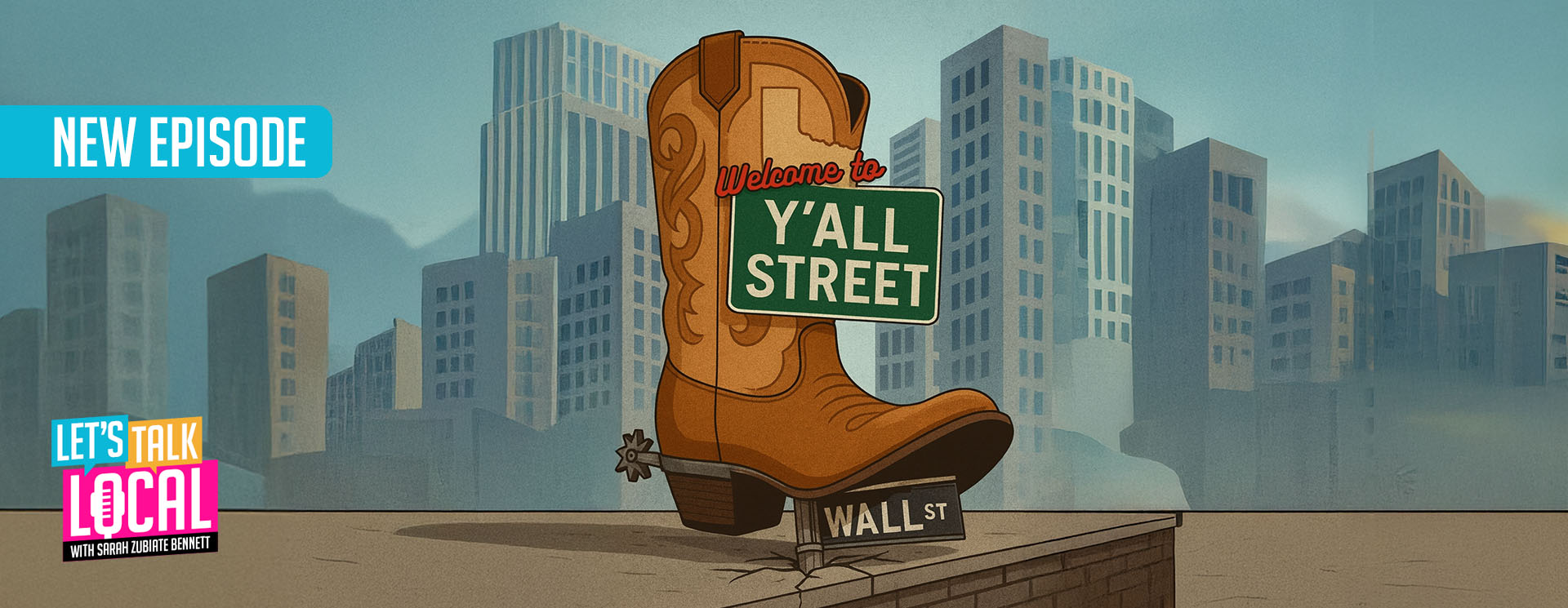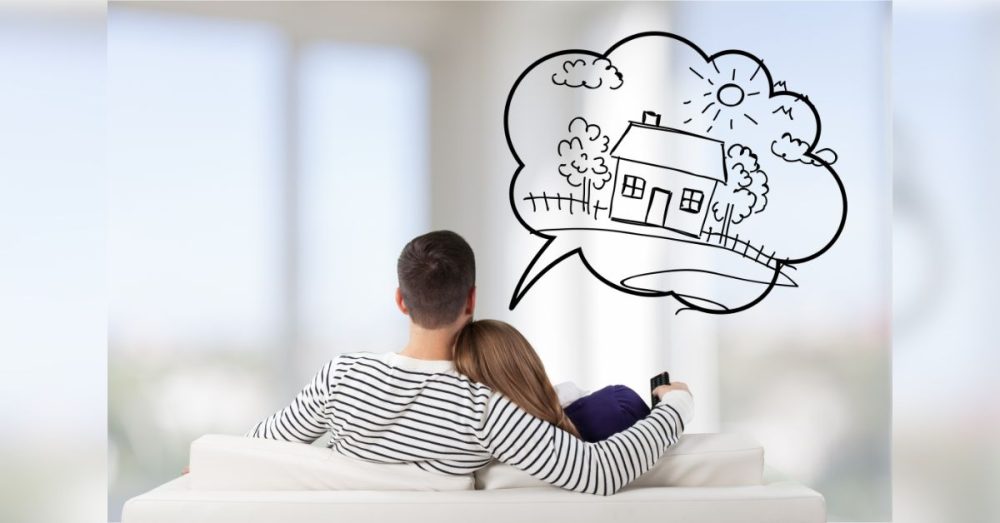We are living in the “most unaffordable housing market in history.”
Home prices recently hit a new record high, a phenomenon that will likely repeat itself for the foreseeable future.
While both buyers and sellers are waiting for interest rates to fall, affordability is expected to remain an issue. Experts expect the number of buyers waiting for houses to become more affordable to continue driving prices up. It’s a simple case of demand outstripping supply. A declining borrowing rate also means that homebuyers will have more money to spend, so bidding on houses will go up. The result? Prices will rise even more than they already have under the “success” of Bidenomics.
As housing costs continue to soar, young adults are being forced to reimagine prosperity — without the dream of homeownership as a part of things.
The New York Times reports on the changing American dream. Here’s the start of the story:
“American Dream Properties” is the name of a McMansion developer in New Jersey. About a decade ago, Arlington, Texas, rebranded itself as “The American Dream City,” promising “diverse neighborhoods where the housing dollar stretches further than most cities.” At a campaign rally in York County, Pa., last month, Donald J. Trump said, “We’re going to bring back a thing called the American dream.”
The American dream symbolizes many abstract ideals: hard work, assimilation, equal opportunity. But for generations it has meant one particular path in life: Get a job, save up for a down payment, and achieve the fairy-tale ending of domestic bliss and monthly mortgage payments.
Now, though, with soaring housing costs — along with student loan debt and inflation — homeownership is becoming increasingly inaccessible for young Americans. As of June, according to Redfin, nearly one in 10 homes in the country were worth $1 million or more — a share that more than doubled since June 2019. And as prices rise, people are becoming first-time homeowners later in life. In a 2023 report from the National Association of Realtors, the median age for a first-time home buyer was 35. In 1981, it was 29.


